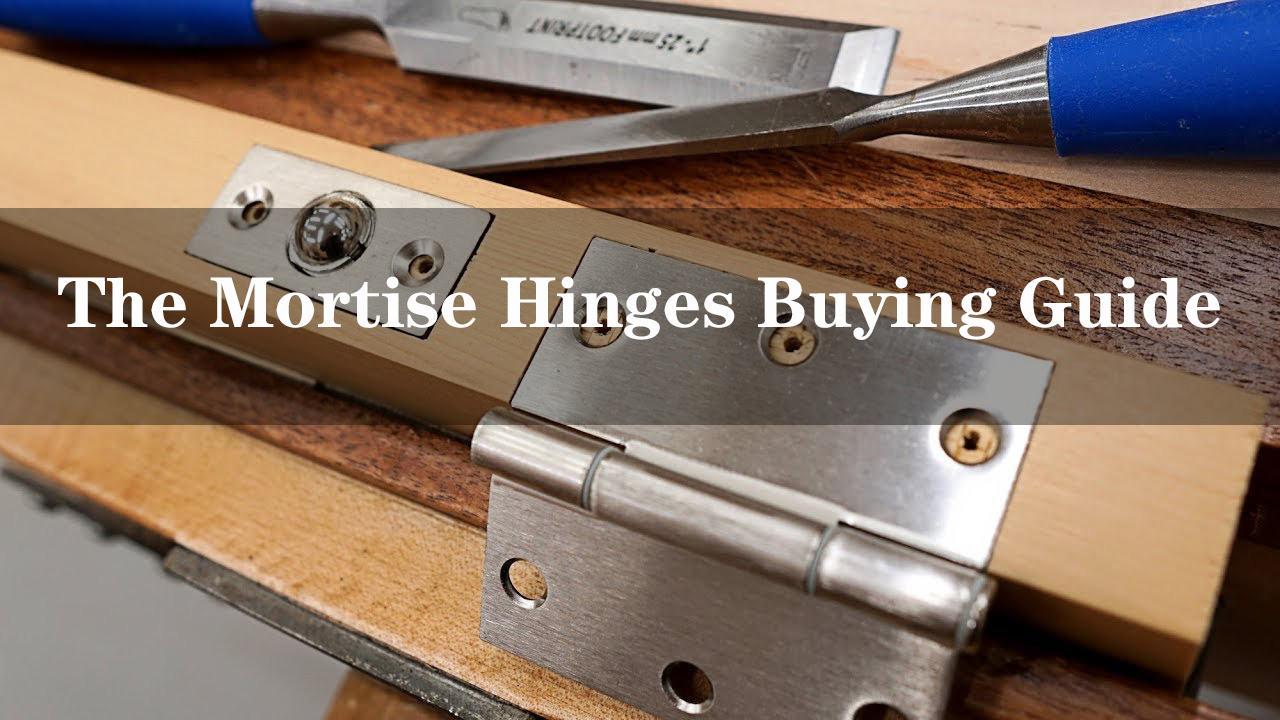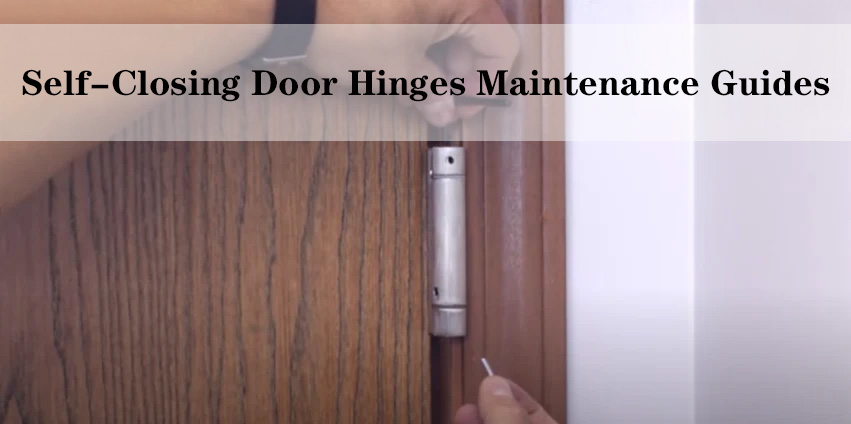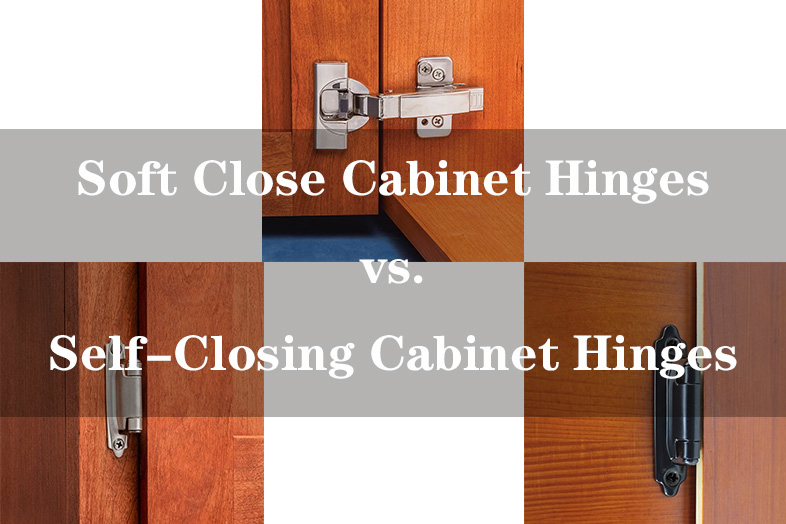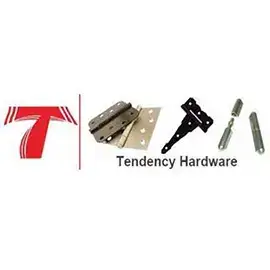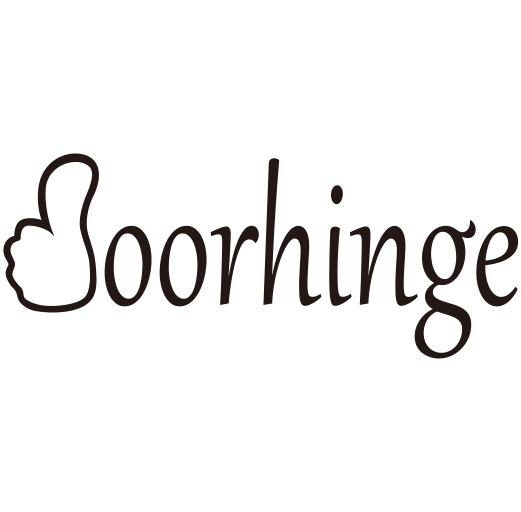Selecting the right door hinges for your home or office might seem like a small detail, but it’s one that can have a big impact on both the functionality and aesthetic of your space. Whether you’re renovating, building new, or simply replacing old hinges, understanding the key factors to consider will ensure you make the right choice. In this blog, we’ll walk you through everything you need to know before purchasing door hinges.
Understand the Different Types of Hinges
Selecting the right type of hinge is crucial for the functionality and appearance of your doors. Here’s a more detailed look at the common types:
Butt Hinges: The most familiar and widely used, butt hinges consist of two plates connected by a pin. They’re easy to install and suitable for a variety of interior doors, including wooden and panel doors.
Ball Bearing Hinges: These are an upgrade from your standard butt hinge. They contain ball bearings between the hinge knuckles to reduce friction, making them ideal for heavier doors like entryway or solid wood doors. They also tend to last longer and operate more quietly than standard hinges.
Concealed Hinges: Also known as European-style hinges, these are designed to be invisible when the door is closed, offering a sleek, uninterrupted look. They’re ideal for modern, minimalist designs and are often used in cabinetry and contemporary interior doors.
Self-Closing Hinges: Equipped with a spring mechanism, these hinges gently pull the door shut after it has been opened and released. They are especially useful for gates, pool fences, and safety doors where automatic closing is necessary for security and safety reasons.
Consider the Material
The material of your hinge not only affects its appearance but also its durability and suitability for different environments:
Steel: A common choice for interior door hinges due to its strength and affordability. Steel hinges can handle the weight of standard doors and are available in various finishes to match your decor. However, they may not be the best choice for high-moisture areas as they can rust over time.
Brass: Known for its classic and elegant appearance, brass hinges are corrosion-resistant, making them suitable for both interior and exterior use. They can add a touch of class to any door and are particularly popular in traditional and heritage-style homes.
Stainless Steel: These hinges offer excellent durability and rust resistance, making them ideal for exterior doors, especially in coastal or high-humidity areas. Stainless steel hinges also have a modern look, fitting well with contemporary designs.
Zinc: Zinc hinges are a good middle-ground option. They offer better corrosion resistance than plain steel and are usually more affordable than brass or stainless steel. Zinc hinges can be coated with various finishes for aesthetic versatility, making them a practical choice for many different settings.
Match the Hinge to Your Door Weight and Size
The weight and size of your door are crucial in determining the type of hinge you need. This is not just a matter of functionality but also of safety and durability. Here’s a more detailed look:
Light Interior Doors: For standard interior doors, which are usually lighter, simple butt hinges made of steel or brass are often sufficient. These doors typically don’t bear much weight, so the hinges don’t need to be as robust.
Medium-Weight Doors: For doors that are of medium weight, such as some exterior doors or thicker interior doors, consider using three or more hinges for additional support. This not only distributes the weight more evenly but also reduces strain on individual hinges.
Heavy or Solid Wood Doors: For these, ball bearing or reinforced hinges are recommended. These hinges are designed to handle the extra weight without wearing down or becoming misaligned. They also ensure that the door opens and closes smoothly, which is crucial for doors that are used frequently.
Specialty Doors: If you have doors that are exceptionally large or heavy, such as oversized entry doors or security doors, it might be necessary to look into specialty hinges. These are specifically designed to handle unusual weights and sizes and may require professional advice and installation.
Style and Finish Matter
Hinges aren’t just functional; they can also be a key element in your room’s design:
Finishes: The most popular finishes include brass, nickel, bronze, and black. Each of these finishes can complement different door styles and room decors. For instance, brass hinges add a classic touch, while black hinges can give a more modern or industrial look.
Visibility and Design: Think about whether you want the hinges to blend in with the door and the room’s overall aesthetic or if you prefer them to stand out as a design feature. Some hinges come with decorative elements that can add a unique touch to your doors.
Consistency Across the Home: Consider whether you want all the hinges in your home to have a consistent look or if different rooms will have different styles and finishes.
Ease of Installation

Installing hinges might seem straightforward, but there are some nuances to consider:
Mounting Hardware: Ensure that the hinges you buy come with the necessary screws and mounting hardware. The size and type of screws are important for the installation process and the hinge’s long-term stability.
Installation Process: Some hinges are easier to install than others. For example, concealed hinges might require precise measurements and cutting into the door and frame, which can be challenging for DIY enthusiasts.
Professional Installation: Heavier doors or specialty hinges might necessitate professional installation to ensure they’re correctly aligned and secure. This is especially important for exterior doors, where security is a key concern.
Maintenance and Longevity
The longevity of your hinges is influenced by their location and usage:
High-Traffic Areas: Doors in high-traffic areas like the kitchen or main hallway will have hinges that experience more wear and tear. In these cases, opting for more durable materials and construction is wise.
Lubrication Features: Some hinges come with built-in lubrication systems or are designed to be easily lubricated. This feature is important for maintaining smooth operation over time and can extend the life of the hinge.
Environmental Factors: Consider the environment where the hinge will be used. For example, hinges on exterior doors or in coastal areas should be rust-resistant to withstand harsher conditions.
Budget Considerations

When it comes to door hinges, the range in prices can be quite significant, and understanding this spectrum is crucial for making an informed purchase that aligns with your budget.
Basic Hinges: These are typically made from more common materials like basic steel or zinc. They are affordable and sufficient for light to medium usage. Ideal for interior doors that don’t bear heavy traffic, these hinges are a cost-effective solution for landlords, homeowners on a budget, or for doors that aren’t frequently used.
Mid-Range Options: These often offer a balance between durability and cost. They may feature better materials or added design elements and are suitable for doors that see moderate use. This range is perfect for those who want a bit more durability and style without breaking the bank.
High-End Hinges: Designed for durability, aesthetics, and superior functionality, these hinges are made from top-tier materials like high-grade stainless steel or brass. They often come with advanced features like designer finishes, intricate patterns, or enhanced strength for heavy doors. While they come at a premium, they are an investment in the longevity and beauty of your property. They’re particularly suitable for high-traffic areas, grand entryways, or where the hinge is a focal point in the room’s design.
Safety and Security Features
In choosing hinges for exterior doors or areas where security is a priority, several features are worth considering:
Non-Removable Pins: These are crucial for exterior doors. The non-removable pin feature prevents burglars from tampering with or removing the hinge pin to gain entry.
Self-Closing Hinges: Ideal for homes with young children or pets, these hinges automatically close doors, preventing unwanted entry or exit. They’re also useful for fire safety, ensuring doors remain closed to help contain smoke and flames.
Tamper-Proof Designs: Some hinges are designed to resist tampering, with concealed screws or built-in locking mechanisms.
Heavy-Duty Construction: For maximum security, look for hinges constructed with robust materials that can withstand force and resist wear over time.
Conclusion
Selecting the right hinge is about finding the sweet spot where functionality, style, and budget intersect. It’s important to consider not just the immediate cost but also the long-term value — a higher initial investment in quality hinges can save money and hassle over time. The right hinge not only ensures smooth operation of your doors but also contributes to the safety, security, and aesthetic of your space. Remember, a hinge is not just a functional necessity but an integral part of your home or office’s overall design and feel.









